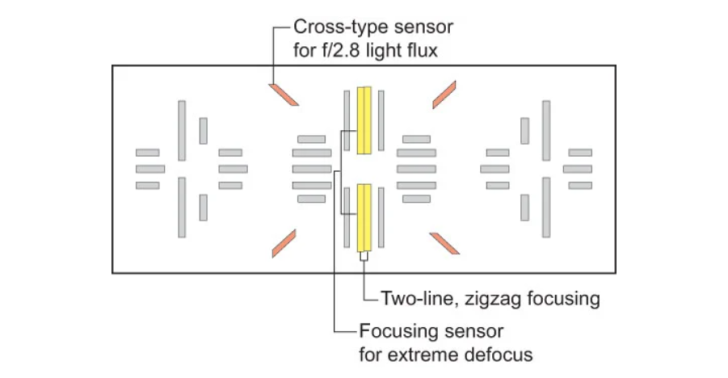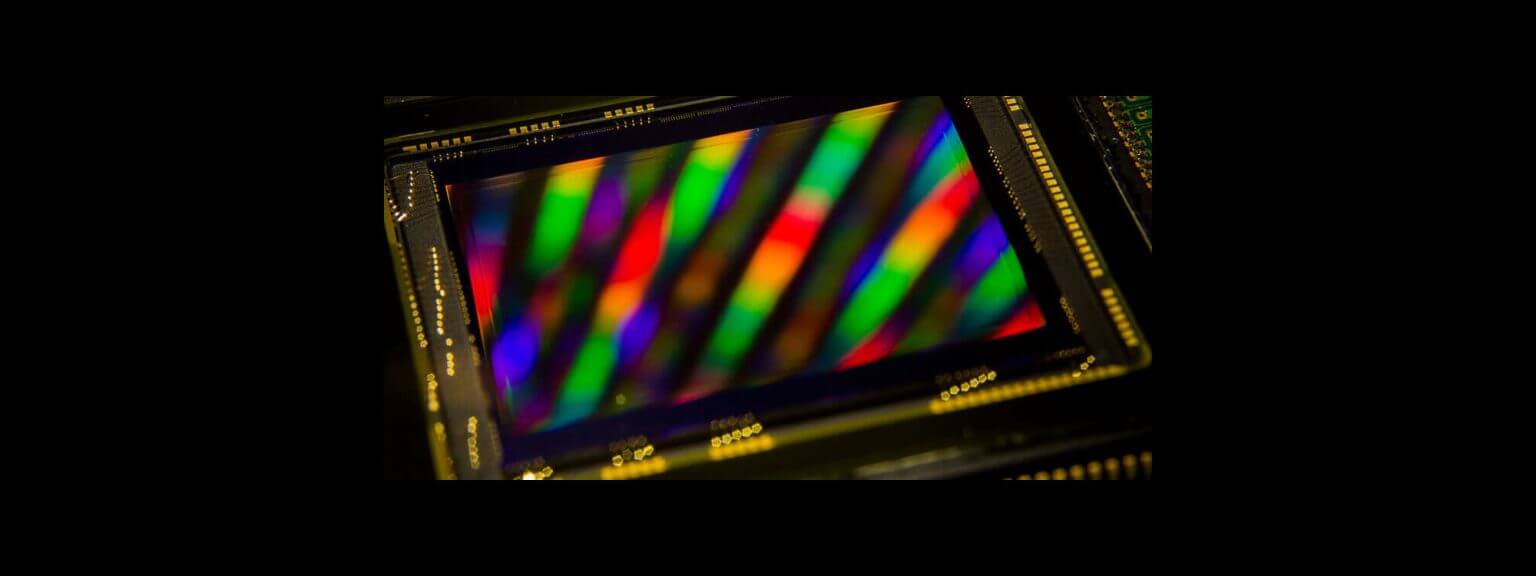One of the problems that mirrorless cameras have is major defocus. This is when you attempt to focus on the subject with the lens completely out of focus. There's not enough contrast for the camera to determine just how far it needs to move the lens to reach focus on the target.
On DSLRs, Canon (and others) would have special pixels on their AF sensors for major defocus. For example from the 7D DSLR;

The yellow sensors in the center are for when the lens is completely out of focus, those sensors would assist with the distance calculation. Of course, it wasn't perfect, which is why at times your camera would slowly rack the lens in and out attempting to find a happy spot where it could calculate the distance to the object.
On a mirrorless camera, there are no means to add additional AF sensors to the sensor to handle specifically major defocus, as with dual pixel auto focus, each pixel can perform the distance calculation using the left and right side of the pixel. But if the object is completely out of focus, it's so blurry that looking at the left and right side of the pixel will lead to either a random value or simply no contrast detected at the pixel.
Also complicating all this is when the lens is significantly defocused you may not have the target (for instance, a bird) under the AF point because of the difficulty seeing the bird because the lens is completely out of focus.
A side note, that's why with faster telephoto lenses it's much better to prefocus close to your target, so the amount of defocus from being focused on the target is much smaller. By prefocusing, the camera can make a very accurate distance calculation.
This is where patent applications like this one come into play – where Canon is attempting to tune the AF firmware algorithm to handle major defocus events more smoothly. Because no one likes their camera just going “I'll be damned if I know what to focus on.” and gives up. They can't fix the sensor to do more but they can adjust the speed and direction of the racking to try and get an accurate distance calculation faster. According to this patent application. Canon assigns a reliability factor to the focus detection and also the position of what it thinks the target object is. Depending on that reliability score it will choose different racking speeds to attempt to acquire focus. It won't resolve the issue – nothing really will, but anything that can help with acquiring focus and focus on your expected target faster even if the lens has to rack, is better than nothing.
This is something that will most likely plague mirrorless cameras as there's no real hardware solution for it – so any improvements that Canon can make to this would certainly be helpful.
Japan Patent Application 2024-004307


a better look at what is defocused to try and determine the quickest way of getting close and determining actual focus.
there's really nothing they can do in silicon to resolve the issue, especially with big fast tele's...
A thought experiment, throw a 400mm F2.8 out of focus as much as possible. that's what your AF has to look at to determine focus. It's of course a hot soupy blurry mess. but from that the AF has to try to make an estimate. Thus why it racks in and out. but they are thinking of two speeds depending of what they call a reliability factor. Not really a solution, but perhaps better.
I haven't seen too many DPAF patent applications dealing with this, and of course, this is probably more a concern for Canon on an R1, etc camera, which they would expect to have the big fast tele's being used.
@Del Paso Macro is certainly another problem domain where out of focus can make it impossible to determine focus distance.
With the problem of finding, say, a flying bird with a 600 f4 when the lens is pre-focused at the wrong distance, my proposed solution has always been for the camera to detect a field of nothing but bokeh and shut the aperture down while selecting a moderate distance, essentially bringing everything into focus enough for the photographer to identify and frame the subject while the camera fine-tunes the focus enough to open the aperture back up. Could be a little jarring in the viewfinder but it's gotta be better than just staring at bokeh while the lens hunts which is how it works now with mirrorless cameras when you aren't pre-focused.
But isn't the patent for DSLRs?Nevermind, I read the article again. The patent is for firmware to be implemented on mirrorless cameras and not the yellow AF sensors for DSLRs
I think the idea is to get AF to the point where focus limiters are no longer needed.
I thought it exploited asymmetry of a PSF's shape with respect to BF and FF.
Sometimes the lens will focus on particulate giving a completely out of focus image which is annoying. The only solution to start focus again is to put my hand in front of it and start focusing again. Once focused, it will then search for subjects again.
Menu focal range limits would be a useful option with a custom button or custom menu. Although it could be slower than my focus reset option using my hand.
Having a menu option to switch from manual to auto AF could also be useful. I always need to check after housing assembly that it focuses okay as there is no way to move the manual/AF switch when under water!
Is there something that\'d keep that from working?